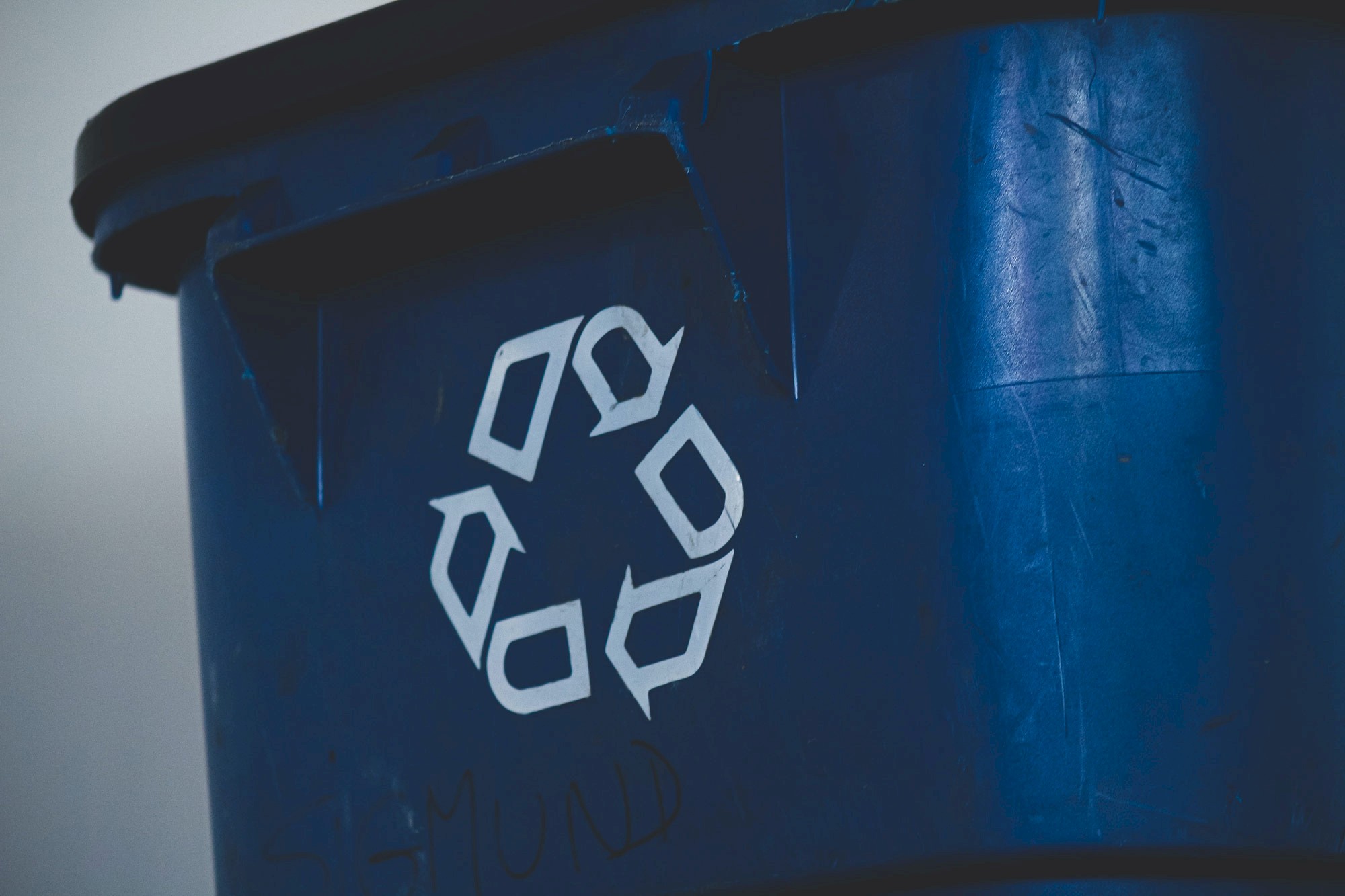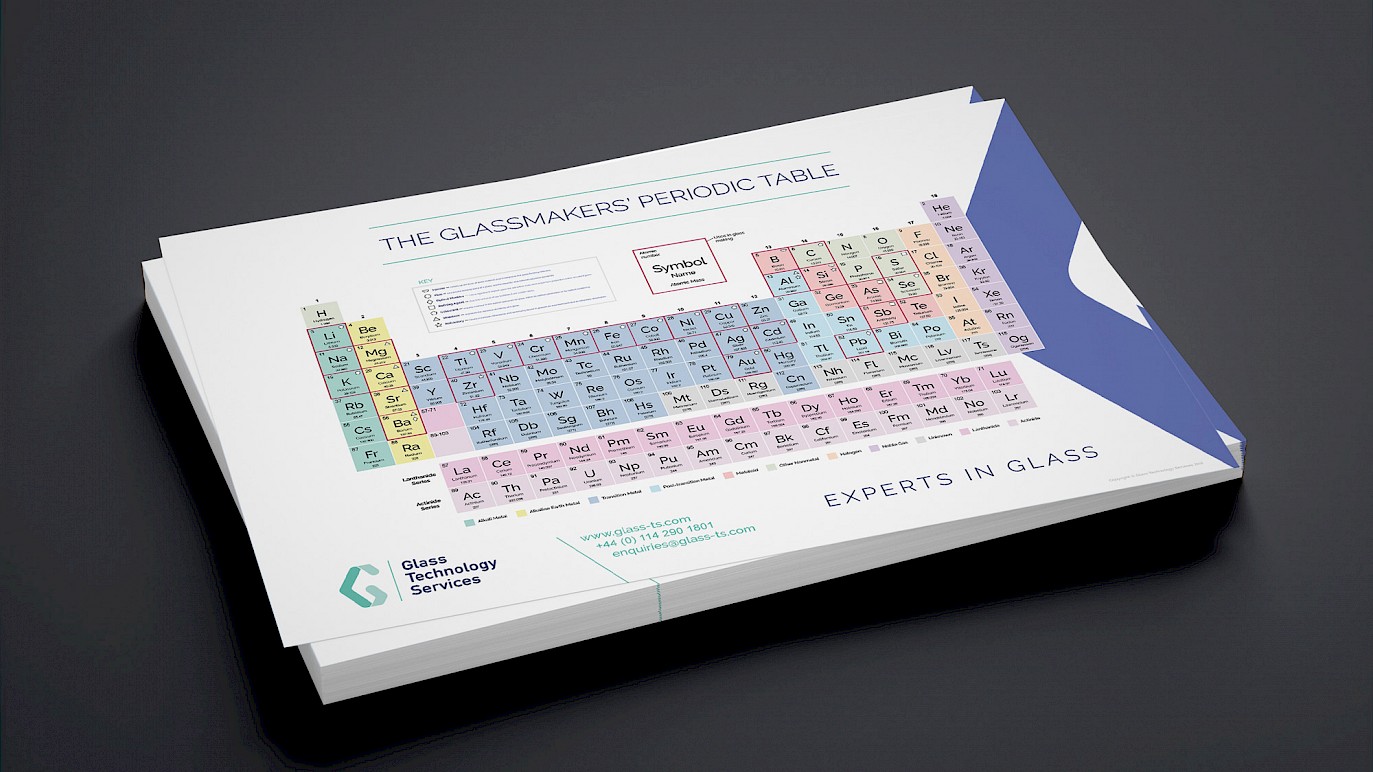In a WRAP-funded project, we were requested to help determine the inorganic contamination levels in recovered container glass and identify typical contaminant levels.
Recycling waste material is an important element in a sustainable society, one that the glass industry takes seriously, setting great store by its claim to be completely recyclable and doing its utmost to achieve exemplary recycling rates. The majority of glass entering the waste stream is container glass, used mainly for foodstuffs.
This was as the result of a previous project to produce the BSI Publicly Available Standard (PAS101), ' Recovered Container Glass: Specification for quality and guidance for good practice in collection ', setting out maximum permissible contamination limits for organics, ferrous and non-ferrous metals.
WRAP saw that the PAS would benefit from the inclusion of maximum permissible limits together with a simplified testing method to cover, in particular, grit, stones and porcelain as being of particular concern to glassmakers.

